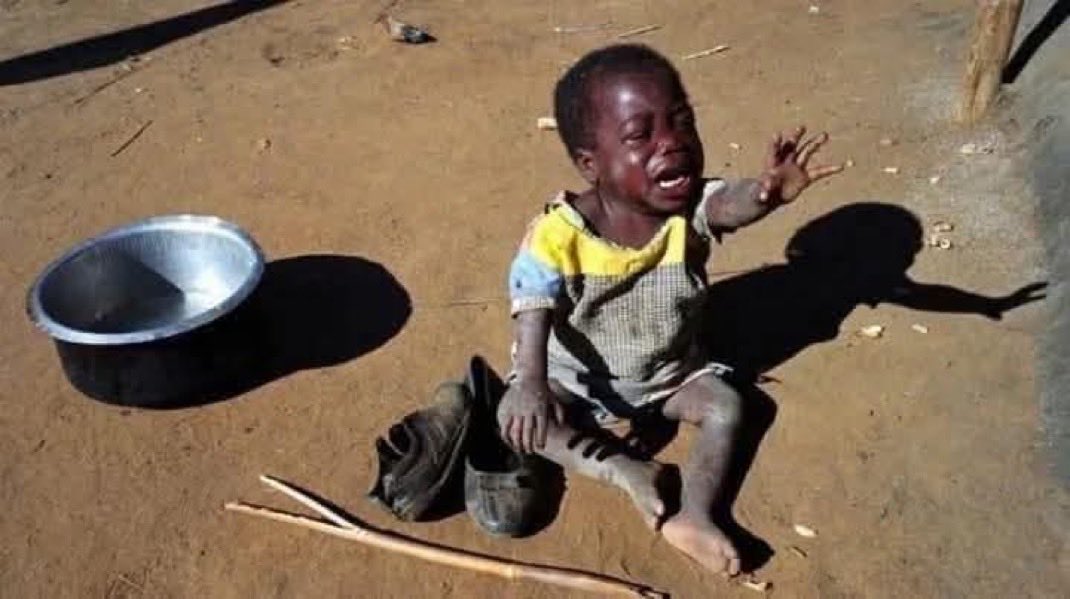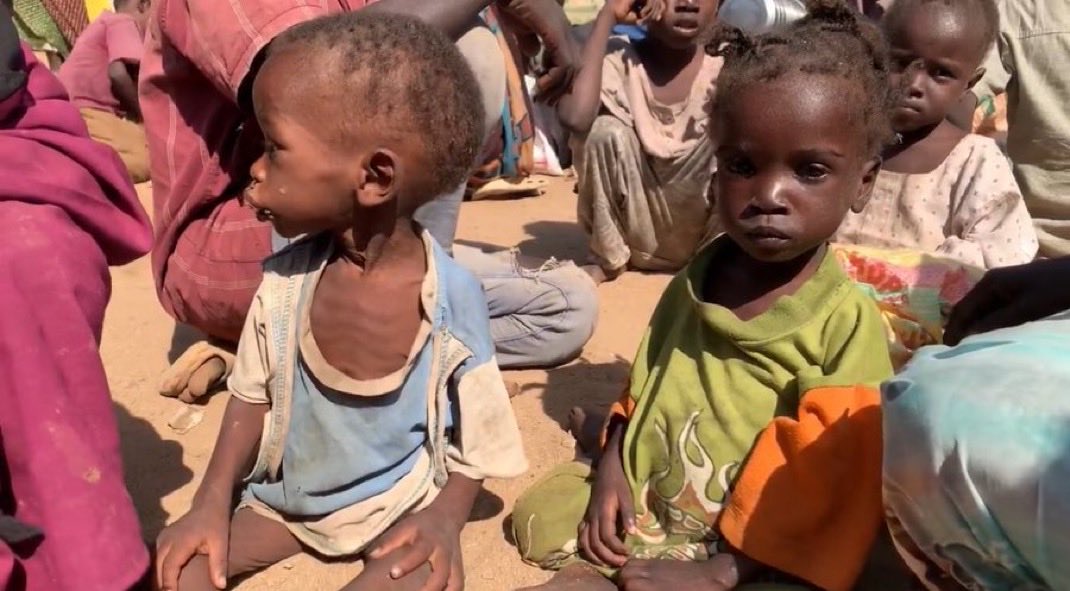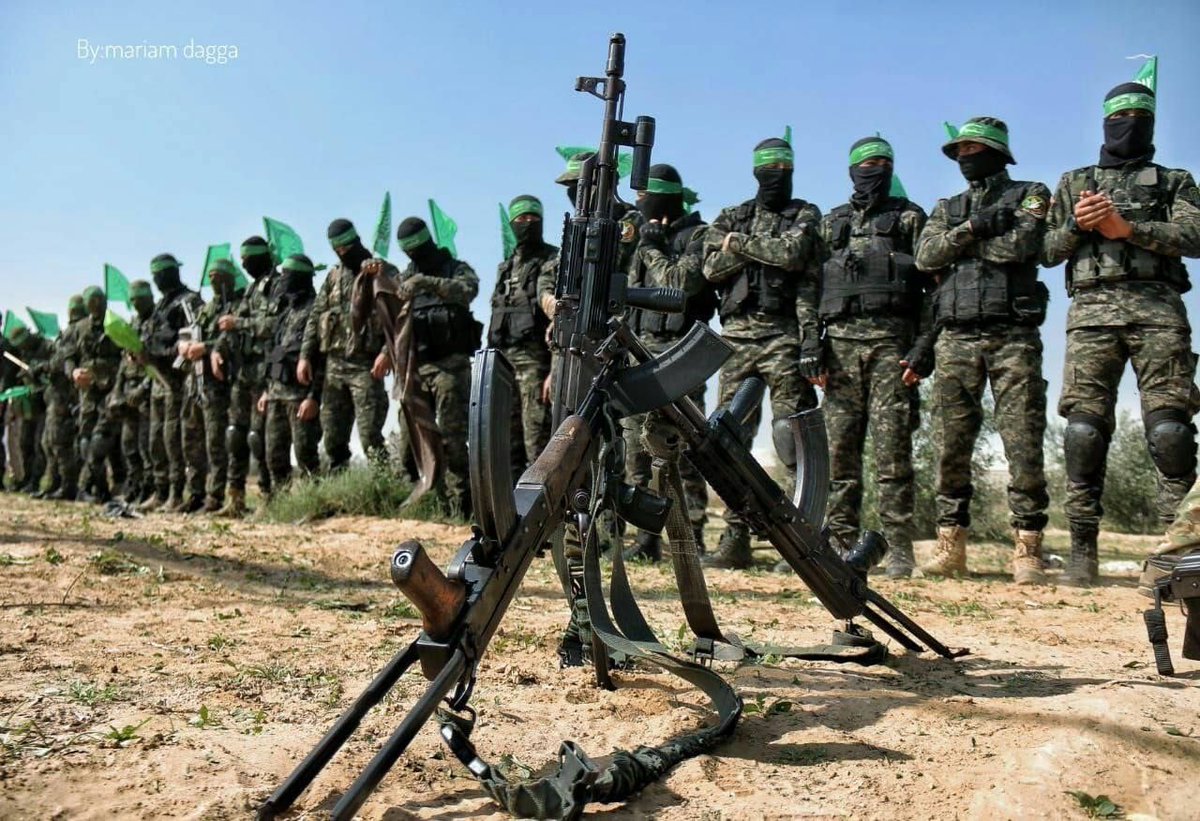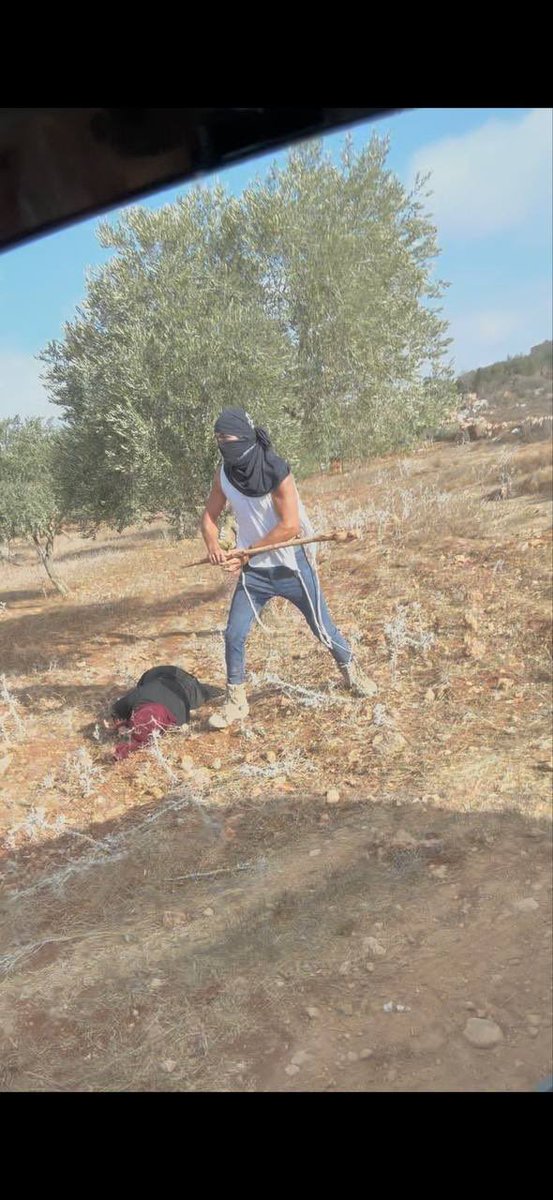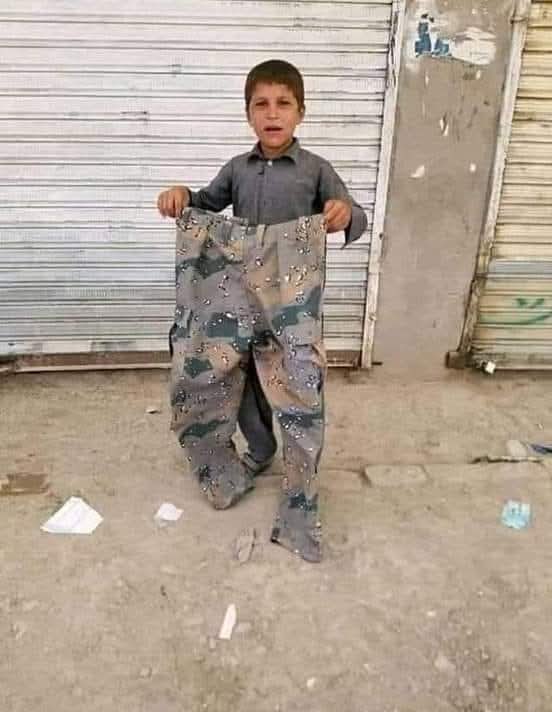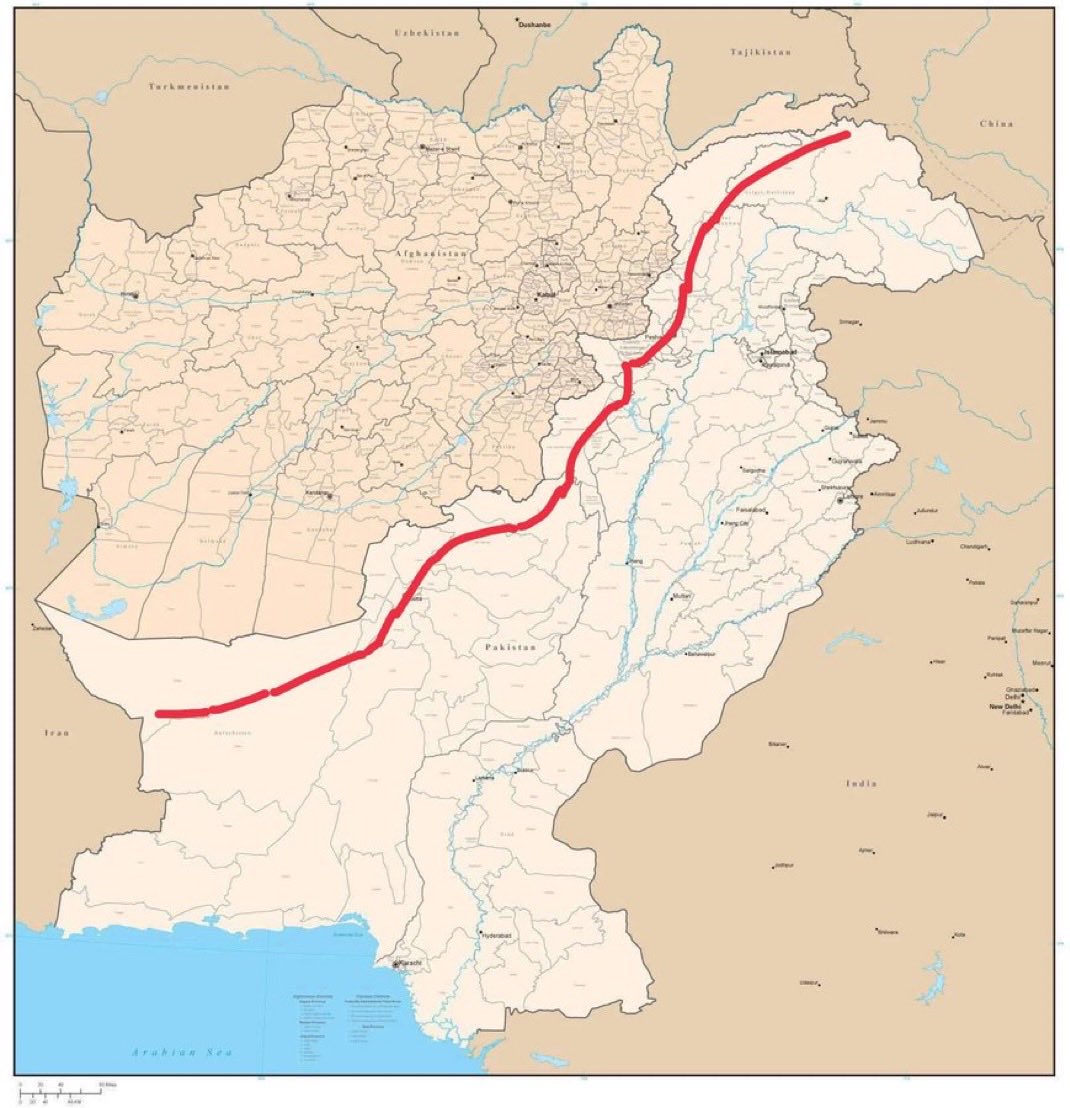Al Arabiya network, owned by the government of the Kingdom of Saudi Arabia and managed under the direct supervision of the ruling family.
This is a review of their coverage in the last 12 hours.
🧵Thread
This is a review of their coverage in the last 12 hours.
🧵Thread

1- It aims to depict the situation in Gaza as if Gaza was a paradise, and then the "mistake" of October 7 led to the deterioration of the situation in Gaza, not the Israeli army, clearly adopting the official Israeli narrative.




2- They do not publish statements from Palestinian resistance factions!
Instead, they only publish statements from Israeli politicians and leaders, trying to portray a victory for the Israeli army in Gaza.
I searched their official account for the last 12 hours and did not find a single statement from the Palestinian resistance in Gaza.

Instead, they only publish statements from Israeli politicians and leaders, trying to portray a victory for the Israeli army in Gaza.
I searched their official account for the last 12 hours and did not find a single statement from the Palestinian resistance in Gaza.


3- They follow this policy with Yemeni armed forces too, they only publish the US Central Command statements. 

4- a surprising attack on the Muslim Brotherhood, which is a Sunni group.
They depict themselves as being against Hezbollah because they are “Shia,” therefore portraying themselves as doing this because they “care” for Sunnis.
But in reality, they also attack the only Sunni political movement, which is the Muslim Brotherhood!
They have unleashed a series of attacks and propaganda against the Muslim Brotherhood in the past 12 hours!
This means Saudi Arabia is anti-political Islam and anti-resistance, no matter what form it takes.
Meanwhile, they spread all sorts of secular content and ideas.

They depict themselves as being against Hezbollah because they are “Shia,” therefore portraying themselves as doing this because they “care” for Sunnis.
But in reality, they also attack the only Sunni political movement, which is the Muslim Brotherhood!
They have unleashed a series of attacks and propaganda against the Muslim Brotherhood in the past 12 hours!
This means Saudi Arabia is anti-political Islam and anti-resistance, no matter what form it takes.
Meanwhile, they spread all sorts of secular content and ideas.


Bonus:
This is a visit by King Salman to the Saudi MBC group in the 90s in London, to check the equipment and operations when the media group was located in London in the early 90s.
This was before it moved to the Middle East and before the launch of the news channel Al Arabiya to "compete" with the Qatari-owned Al Jazeera.
This is a visit by King Salman to the Saudi MBC group in the 90s in London, to check the equipment and operations when the media group was located in London in the early 90s.
This was before it moved to the Middle East and before the launch of the news channel Al Arabiya to "compete" with the Qatari-owned Al Jazeera.
• • •
Missing some Tweet in this thread? You can try to
force a refresh








